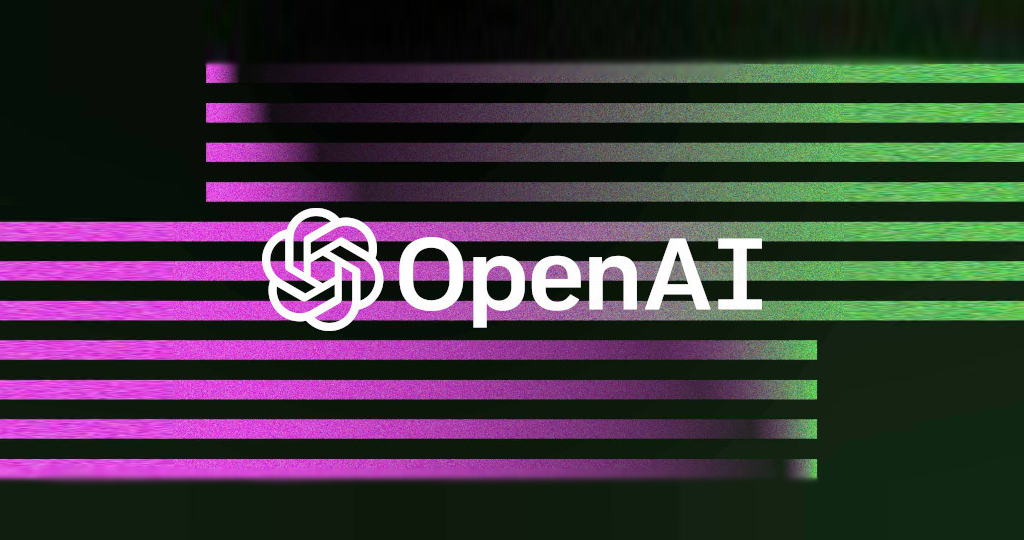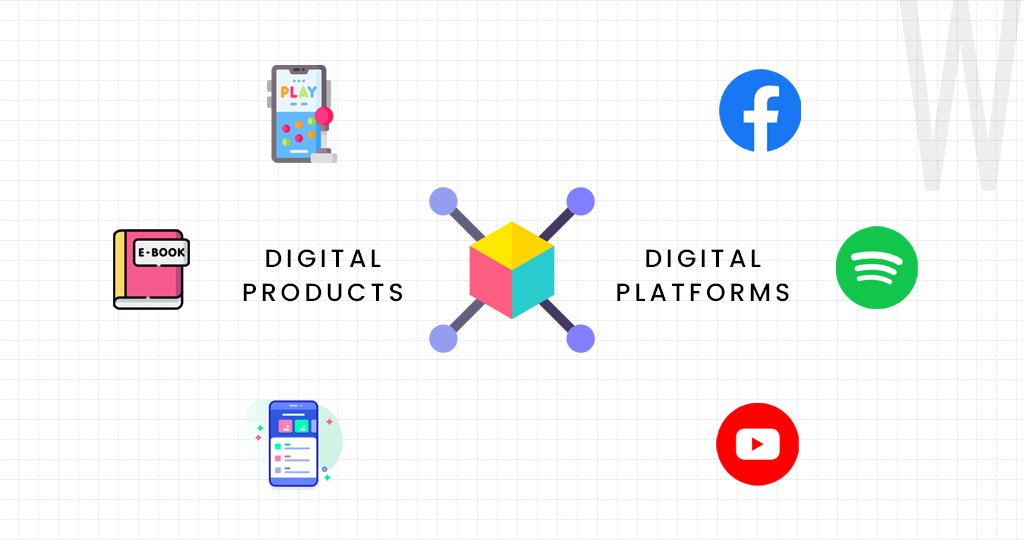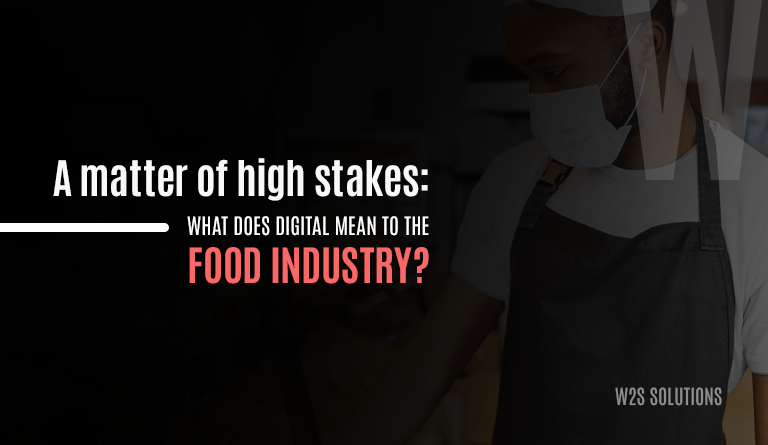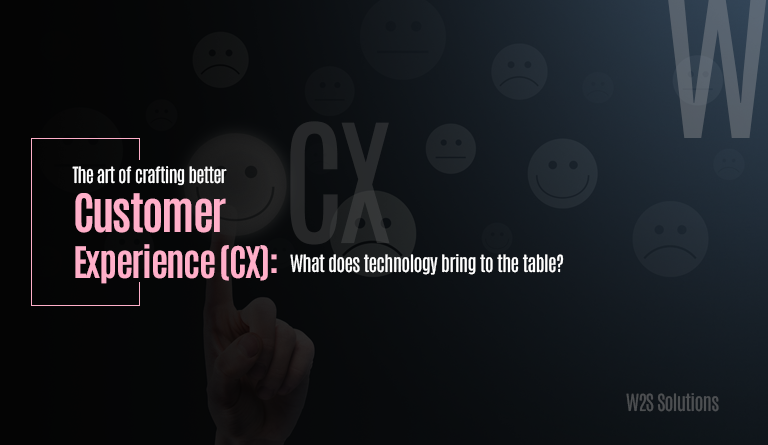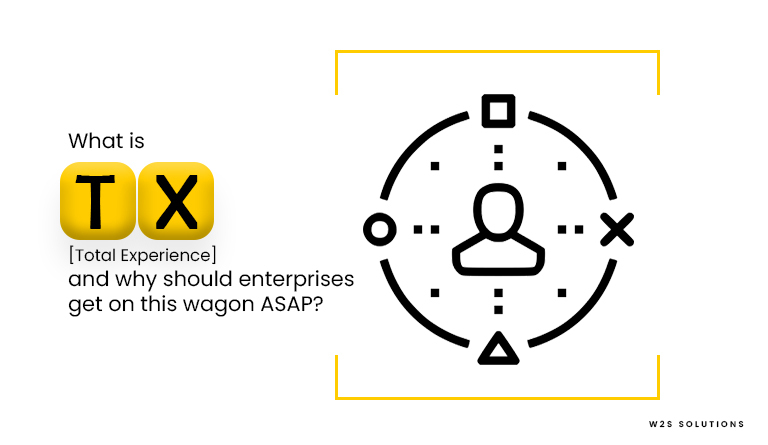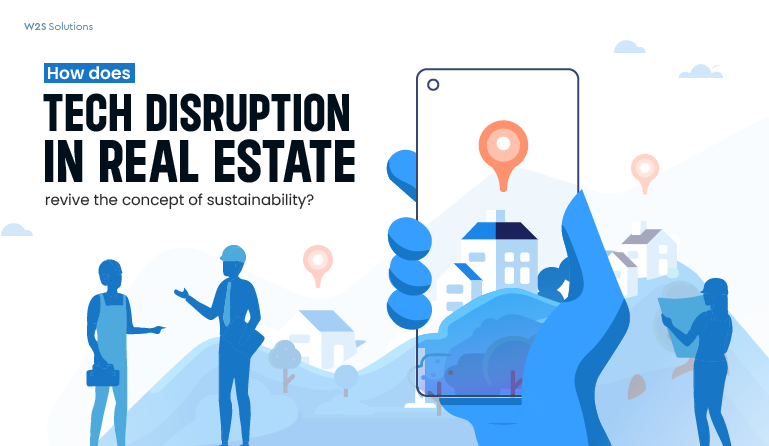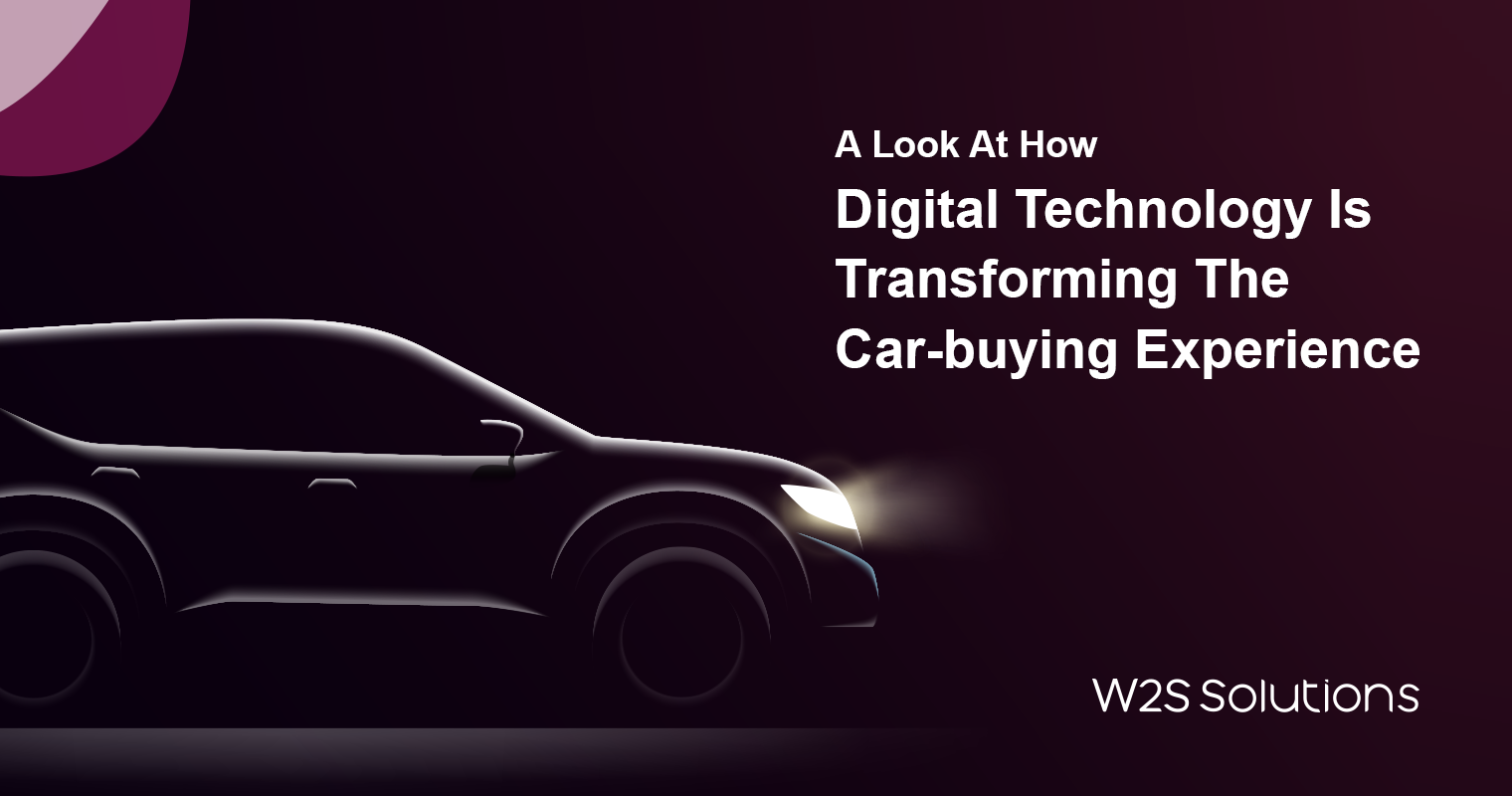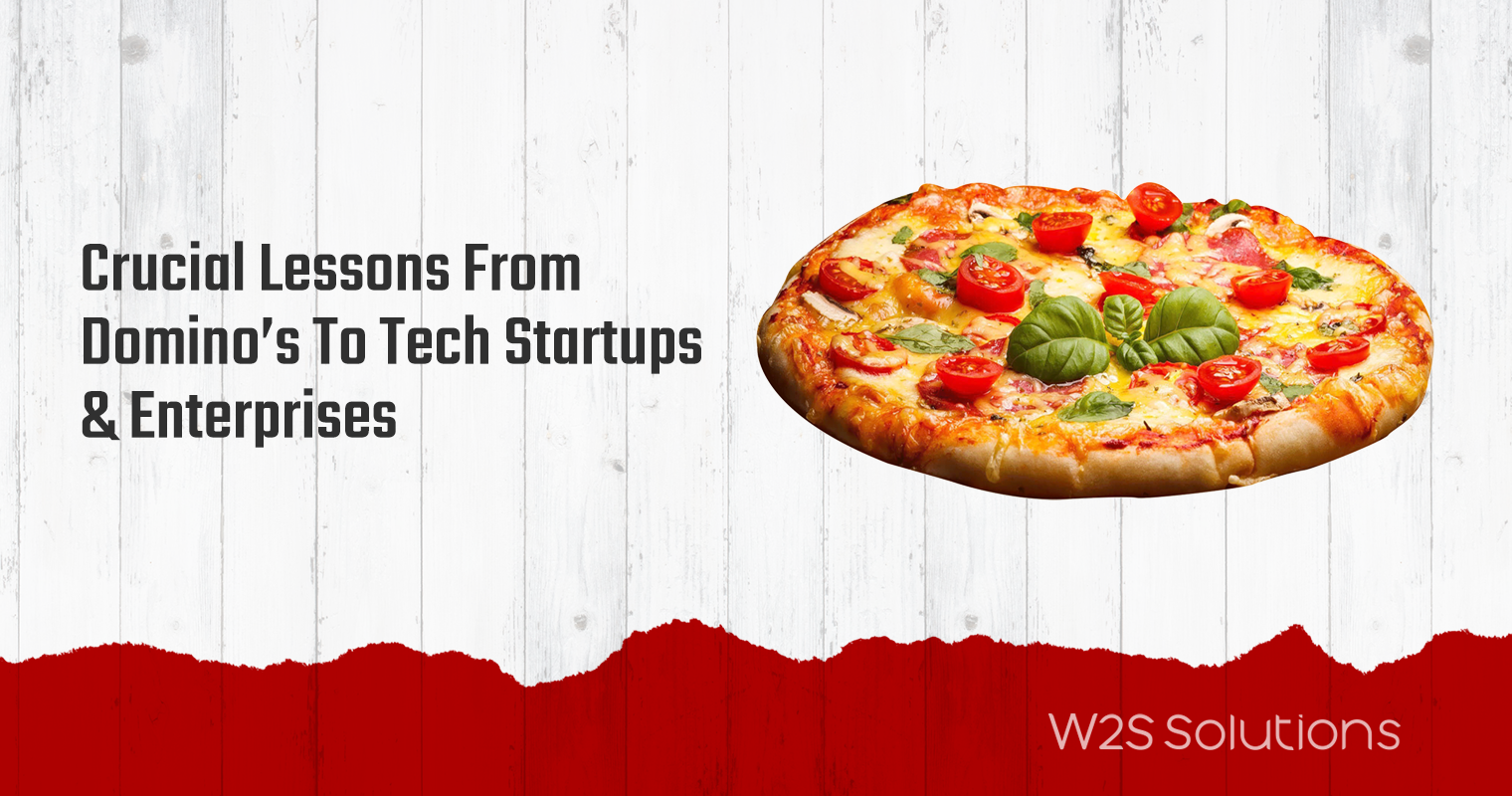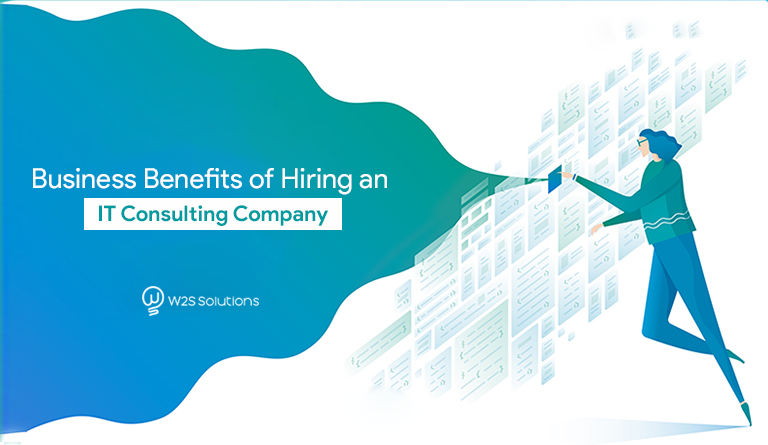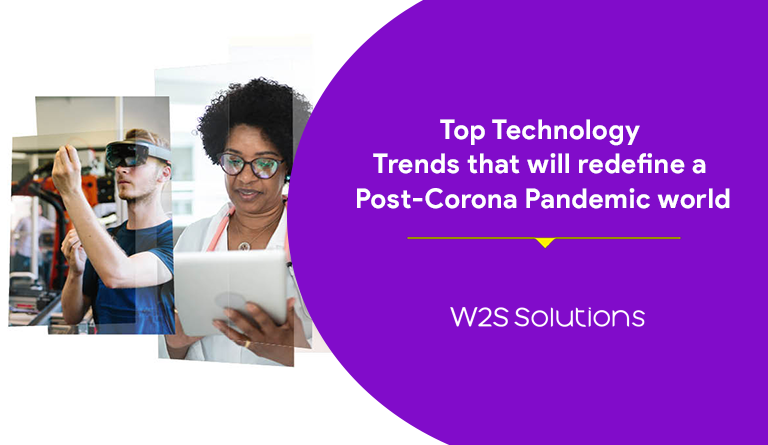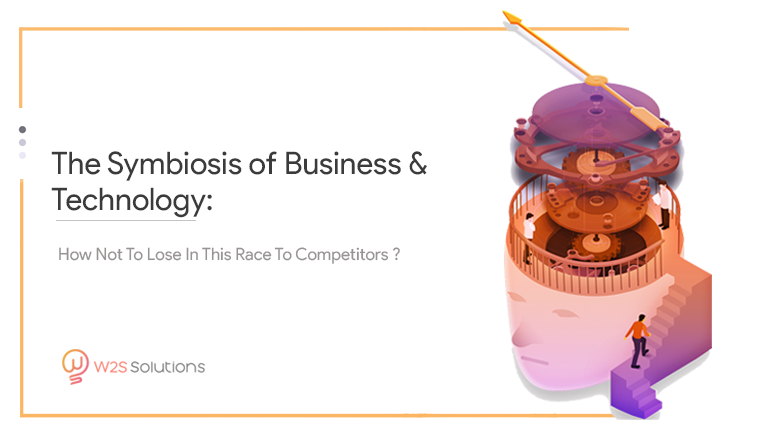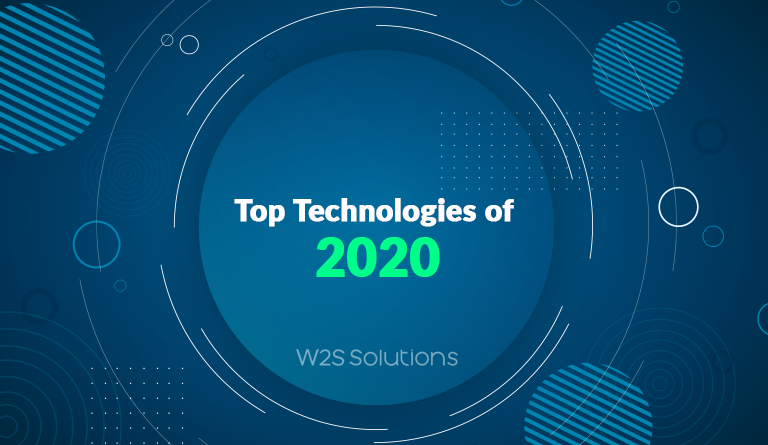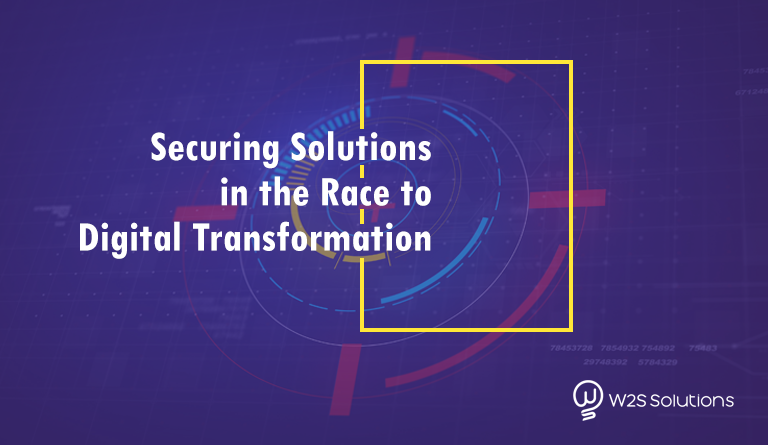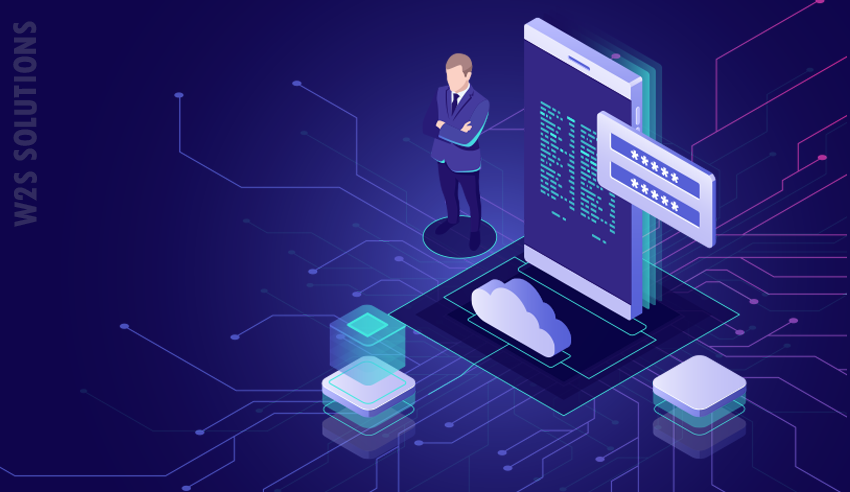TABLE OF CONTENT
Learn how to pave a scalable transformation pathway for your business that transforms without pause.
Preamble
As one of the leading digital transformation companies in the global market, it’s the last thing we wanna say, but – Don’t “DO” digital transformation.
I mean, we could help you create winning digital strategies that help you be more reliable, dynamic, and coherent, but that’s not the point! Companies need to understand that digital transformation can accelerate Digital transformation in simple terms, it is a process that sets the foundation for your business to think in the digital language.
The Psychology of Digital Transformation
When talking about digital, companies often think digital is something that they can (or should) wield. While it’s not completely wrong, this approach can only take you so far. Rather than thinking of digital as a force, companies should start thinking of it as more of a medium.
Despite market evaluations of global tech companies tumbling in the last year, many C-suite leaders and industry leaders have made significant investments in technology. They strongly believe that leveraging technology is how they dominate the market, and making it as efficient as possible is how they differentiate in the sea of sameness. But global market research found that an average company/firm is missing on nearly 50% of potential digital value when compared with leading players in the same field. So, what’s different?
For one, digital companies/brands are more successful than the rest as it speaks the same language as the economy – digital.
Adopting a transformation mindset
Consider this example. As a non-native English speaker who was trying to master the language, I found this one tip the most useful – to think in English! It was obvious as to why I was asked to do so, but when I started to think in English (which I had a really hard time doing), the wall between me and the language didn’t matter. Instead of trying to bring the wall down, I simply opened the door and let the language come crashing to me!
And companies need to adopt the exact same strategy. Instead of “DOING” digital transformation, they have to start addressing the gap between them and their ideal digital version.
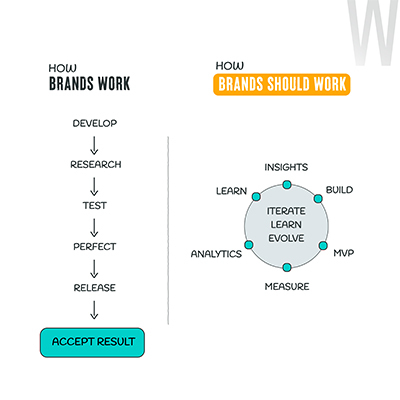
As far as consumers are taken into account, it doesn’t matter if you’re a B2B or B2C, or A2Z, they want products or services that are instant, cheap, and better. Guess what? Brands want them too! So, when it comes to the medium digital, every user, be it a user or a business or even government, it all zeroes down to value. So, it’s only natural for the transformation strategy to be inclusive. And when you DO digital transformation, and even if it brings ROI, the cost to serve that value will be high.
The pace and the degree of digital transformation
To know where you stand in the current digital transformation strategy, try to place yourself inside a tile in the image below. This allows you to have an upper hand in the future trends of digital transformation in your industry.
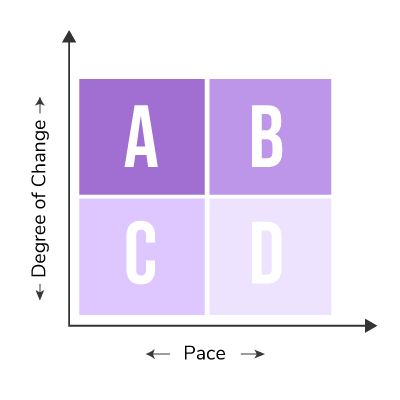
- The degree of change is high; the pace of change low
#A) Intense preparation is needed. Cannot lose existing businesses, and have to take a slower pace of change. - The degree of change is high; the pace of change fast
#B) Need to address disruption in their industries soon. Immediate action plan required. - The degree of change is low; the pace of change low
#C) As they remain relatively unaffected by the disruption, they can start small and slow - Degree of change low; the pace of change low
#D) They need fast, instant transformation, but their speed cannot affect the ongoing operations
Create an ecosystem for Transformation
To enable an organic digital transformation process, the aspiration for transition must be at every level of the organization. Digitally successful firms focus on creating an ecosystem in their organization over a top-down approach. We’ve to remember that it is the people who are transforming, not the organization.
And when you put people at the center of your digital transformation strategy, you ultimately deliver value through your business operations. Not having this approach is one of the top reasons why digital transformation fails.
Realistically speaking, many firms would choose to be legacy firms over pausing their operations for digital transformation. However, this misconception couldn’t be any further from the truth. It is possible for a business to evolve while resuming its operations. In other words, a successful digital transformation is scalable. Being one of the top digital transformation consulting firms in the world, we have previously worked with our global clients to help them create an interactive business ecosystem that helps them think digitally.
To do this, we focus on these 4 main areas in digital transformation-
- Process transformation
- Business model transformation
- Domain transformation
- Cultural transformation
A new approach to digital transformation: Adidas & Bacardi
Digital transformation is an ongoing process – the market grows, so does your business. Brands like Adidas and Bacardi are the best examples of mastering the art of digital transformation. As NFTs and metaverse became a thing, they immediately created a “digital factory” that allowed them to iterate, learn, and evolve alongside the market rather than halting their core operations. Irrespective of the industry you are in, that’s exactly what you should aim for.
Consumer-brand relationships are constantly evolving, and these brands understood that their efforts to forge a community out of their audience is how they stand out from the crowd, and they went fully digital to achieve this.
Bacardi used NFT to involve its consumers in its brand’s vision. For every piece of NFT that sold, the brand gave the buyer, i.e, their consumer, a percentage of the asset’s royalties for a year. Adidas jumped in on the “Bored Ape” trend and defied the traditional approach to business with its not-so-normal business model.
Brands understand that including their consumers in their collective ecosystem is the easiest way to dominate the market. Companies like Facebook understood this much earlier than others. For example, Facebook is one of the biggest media platforms in the world even though they don’t produce any content. They simply facilitate a platform for their users to create and distribute content.
Frequently Asked Questions
As the economy becomes more and more uncertain, businesses have to think of disruption in their industry as an opportunity, and to do so, leveraging technology is the most realistic solution. Digital transformation will enable your organization to deliver value by leveraging technology seamlessly.
While it’s important to measure the impact of your business strategy, blindly looking at ROI can actually cripple your digital transformation process. every business is unique, and so is their scope for digital. So, the most organic approach to transformation will be the one that ensures your ROI.
By looking at tech as a core part of your business strategy, companies can truly unleash their digital potential. However, to be future-ready, companies have to think of building resiliency and agility.
Get inspired!
Subscribe to our newsletter and get updates on how to navigate through disruption and make digital work for your business!





